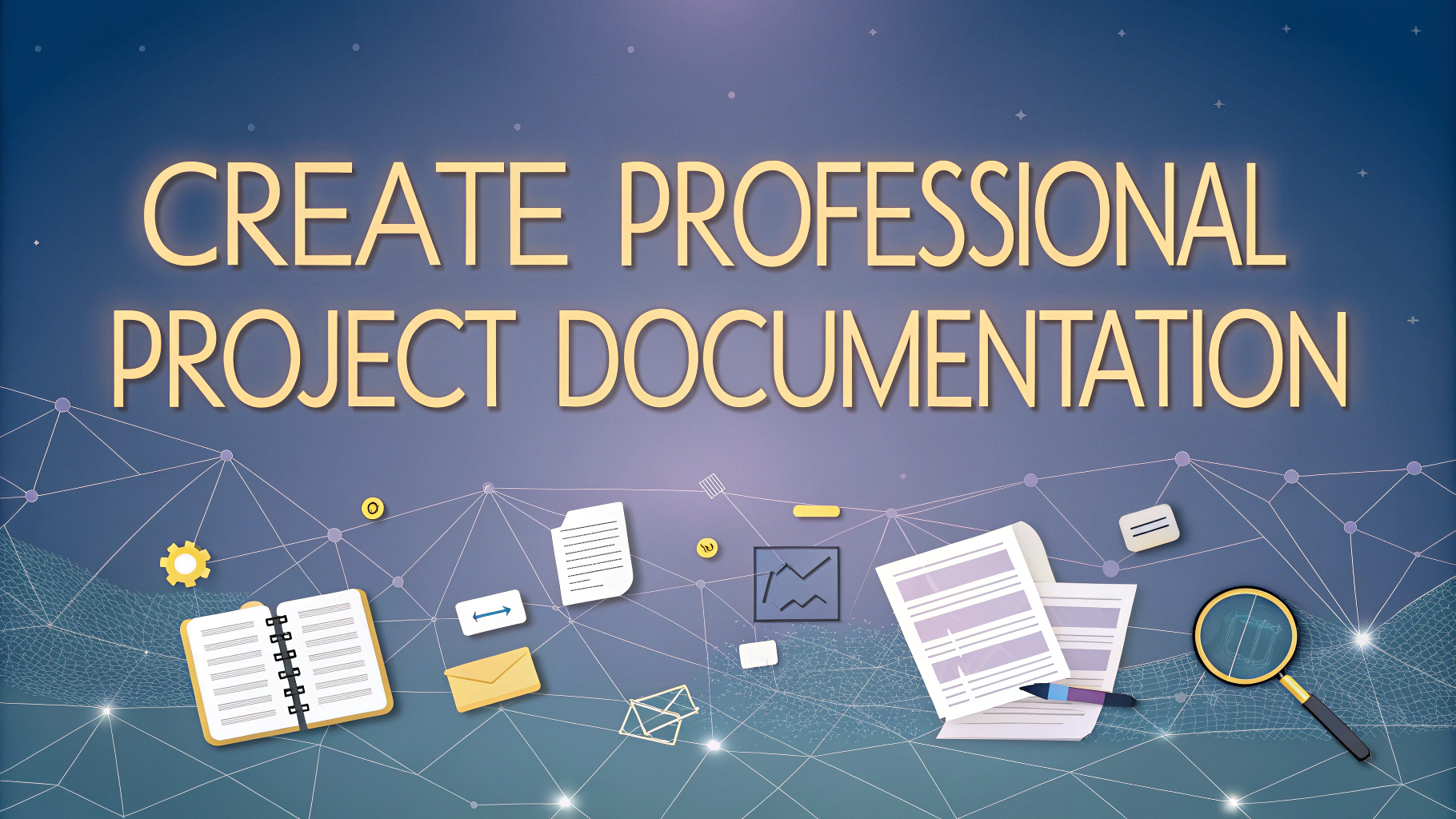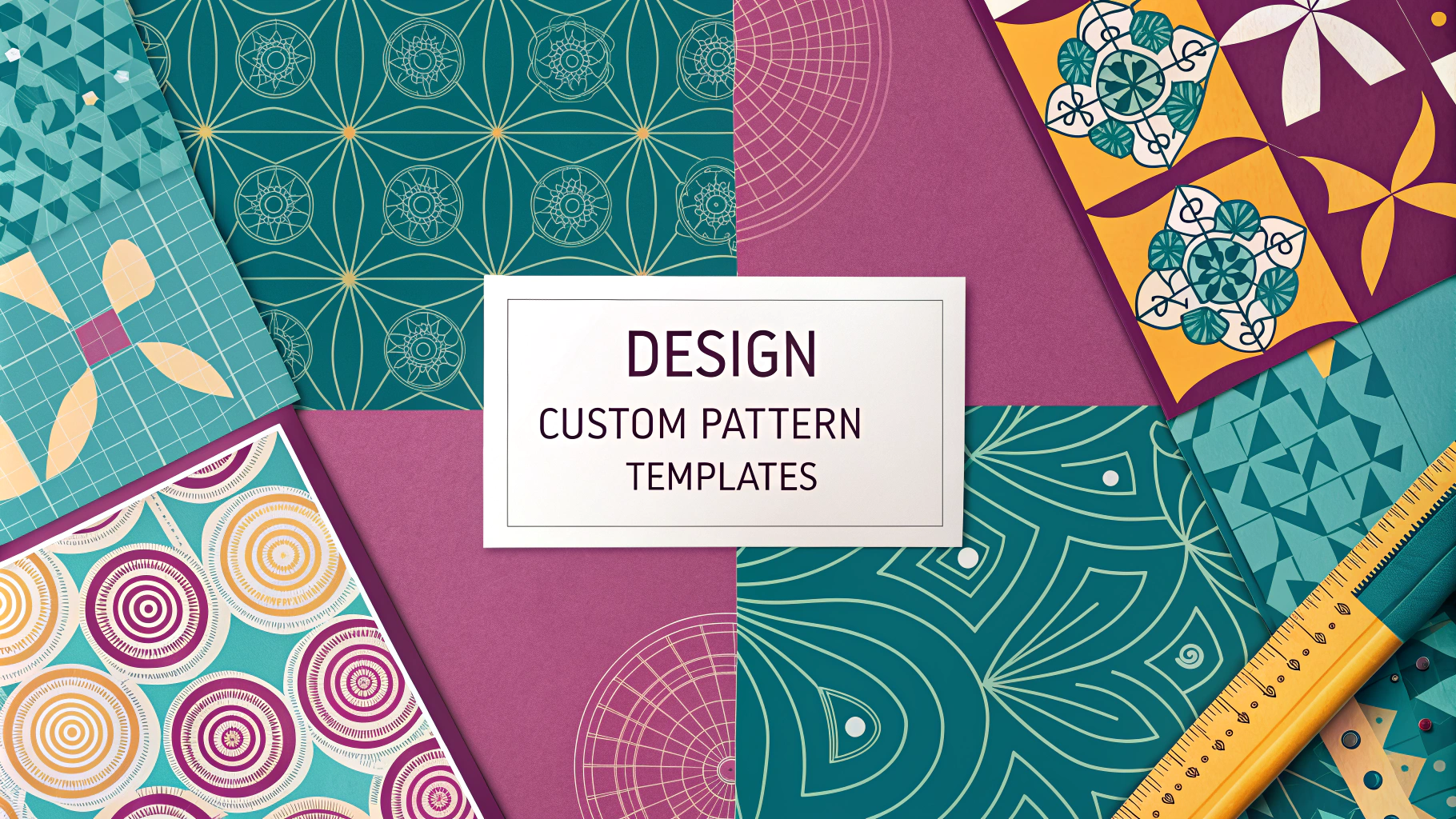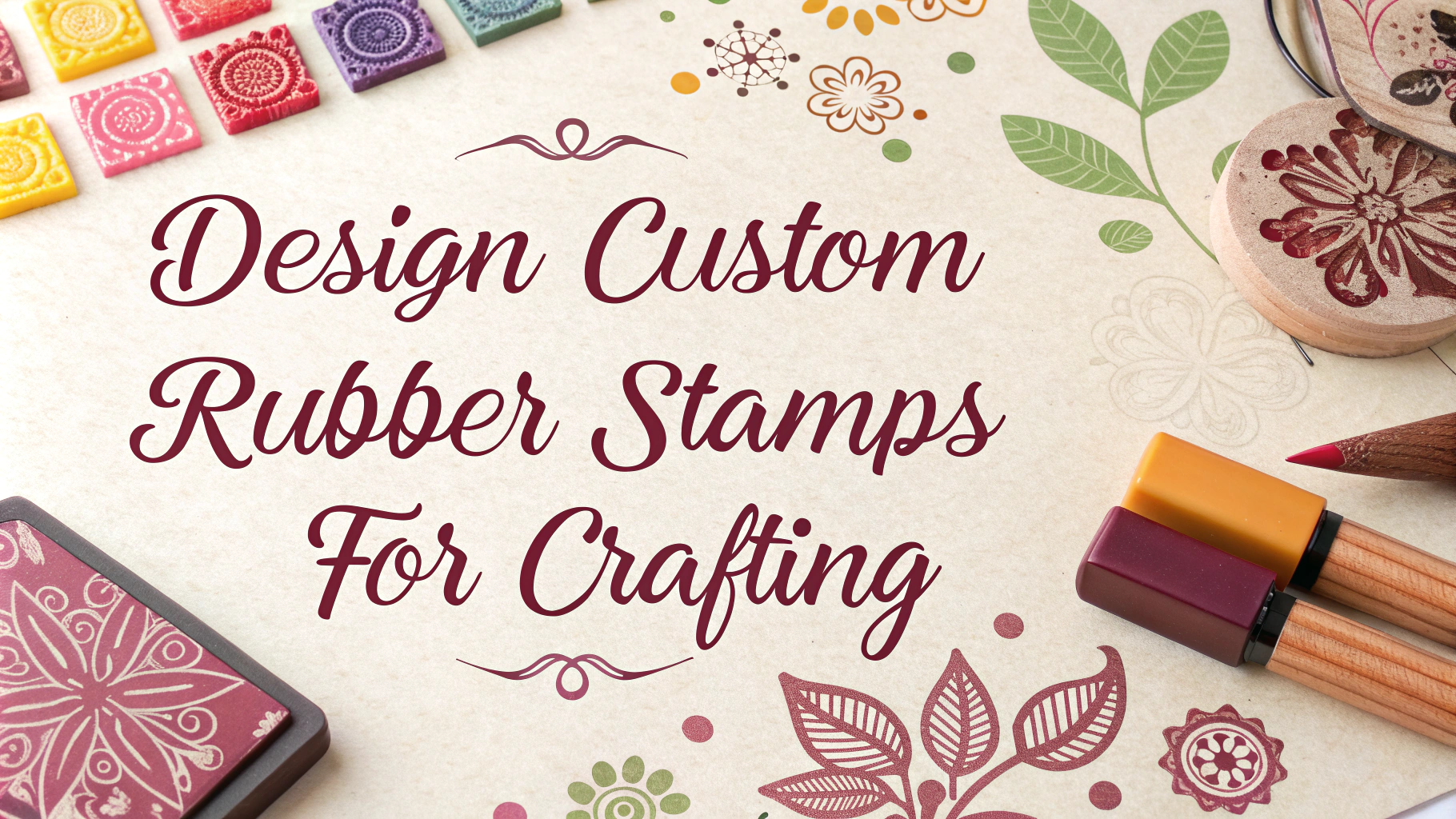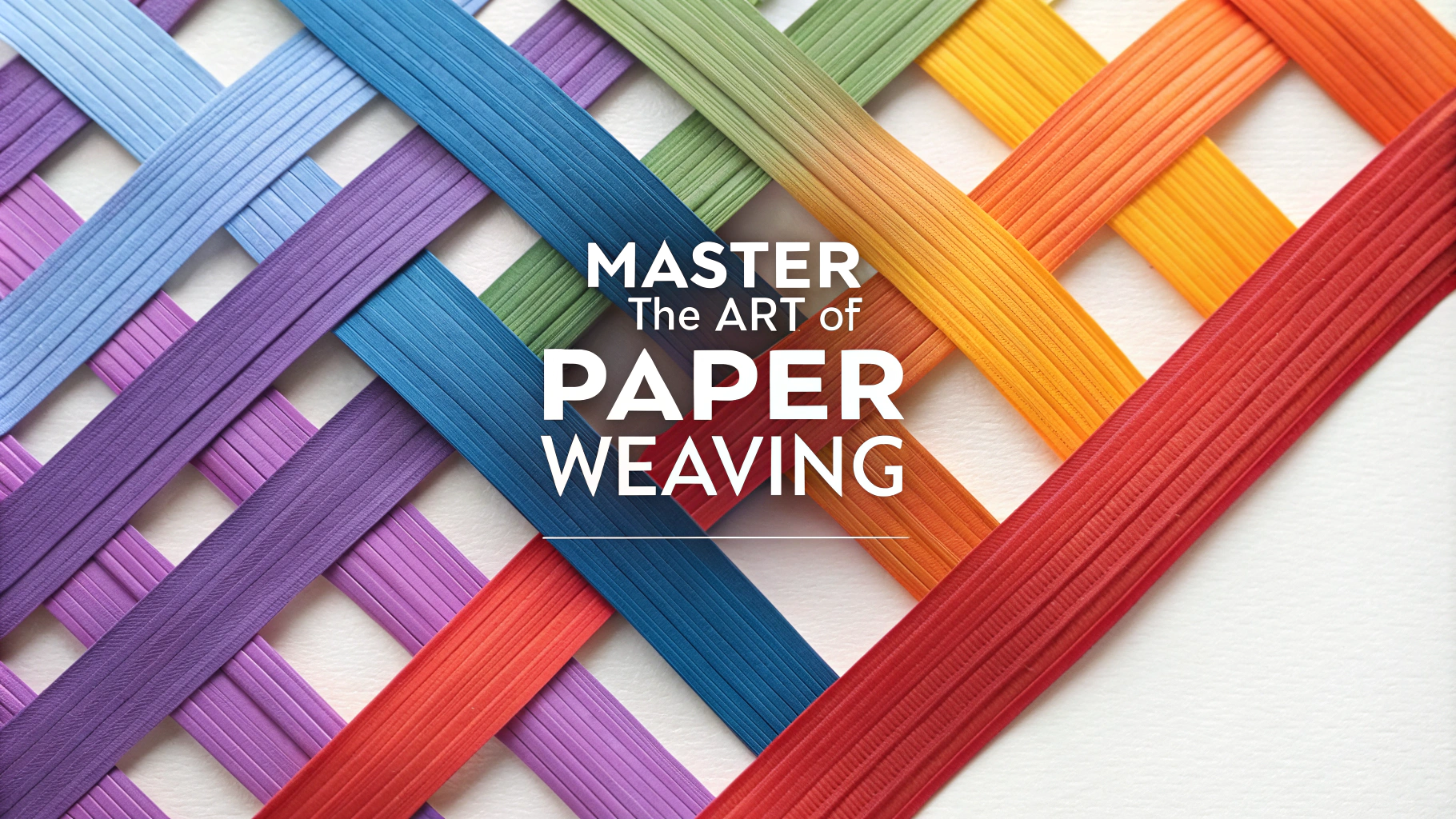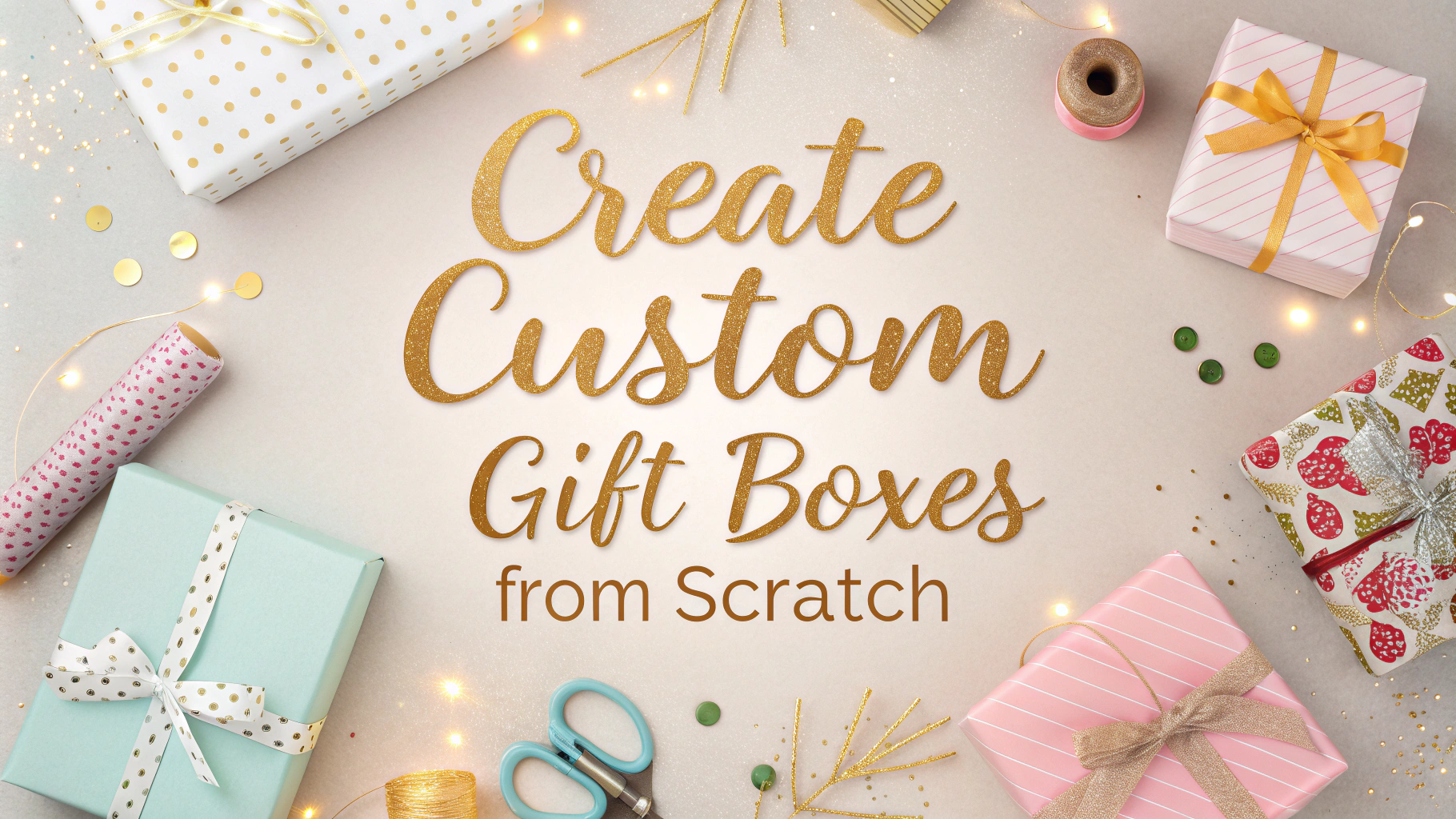Paper cutting artistry opens up endless creative possibilities when you master advanced techniques and specialized tools.
Essential Tools for Advanced Paper Cutting
- X-Acto knives with multiple blade types (#11 for details, #2 for curves)
- Self-healing cutting mat (minimum size 18×24 inches)
- Metal rulers with non-slip backing
- Fine-tipped scoring tools
- Precision scissors (recommended: Fiskars Micro-Tip)
Advanced Cutting Techniques
Master these methods to elevate your paper art:
- Reverse cutting: Work from back to front for cleaner edges
- Relief cutting: Create depth by layering multiple pieces
- Kirigami: Combine cutting with strategic folding
- Tunneling: Make 3D effects through connected layers
Paper Selection Tips
| Paper Type | Best Used For |
|---|---|
| Japanese Washi | Intricate designs, delicate work |
| Watercolor paper | 3D structures, sturdy pieces |
| Archival paper | Long-lasting artwork |
Project Ideas to Practice Advanced Skills
- 3D Shadow Boxes: Layer cut pieces for depth
- Architectural Models: Create detailed building replicas
- Portrait Silhouettes: Practice precise curve cutting
- Paper Lace: Develop intricate pattern skills
Troubleshooting Common Issues
- Uneven cuts: Replace blades after every 1-2 hours of use
- Tearing: Adjust blade pressure and paper moisture content
- Warping: Store paper flat and control humidity levels
- Rough edges: Use slower, more controlled cutting motions
Join online communities like The Paper Cutters Guild to share work and get feedback from experienced artists.
Safety Considerations
- Always cut away from your body
- Use finger guards when working with small pieces
- Keep blades covered when not in use
- Work in well-lit areas to prevent eye strain
Document your progress by photographing your work and maintaining a project portfolio to track skill development.
Design Planning and Preparation
- Sketching: Create detailed templates before cutting
- Test cuts: Practice complex sections on scrap paper
- Template transfer: Use light box or transfer paper for accuracy
- Work flow: Plan cutting sequence from inside out
Advanced Storage Solutions
- Flat files: Store completed works horizontally
- Archival sleeves: Protect delicate pieces
- Climate control: Maintain 45-55% humidity
- Portfolio cases: Transport work safely
Professional Development
- Workshop participation: Learn from master paper artists
- Exhibition opportunities: Display work in galleries
- Commission work: Build professional portfolio
- Teaching: Share techniques with others
Conclusion
Mastering advanced paper cutting requires dedication to proper technique, quality tools, and continuous practice. Regular maintenance of equipment, attention to safety, and proper storage of materials ensure optimal results. Success in paper cutting artistry comes from combining technical skill with creative vision while staying connected to the broader artistic community.
Remember to regularly update your skills, experiment with new techniques, and contribute to the growing paper arts community. Your unique artistic voice will develop through persistent practice and exploration of this versatile medium.
FAQs
- What tools are essential for advanced paper cutting techniques?
A sharp X-acto knife or precision craft knife, self-healing cutting mat, metal ruler, bone folder, fine-tipped pencil, high-quality paper, and tweezers are essential tools for advanced paper cutting. - How do I maintain clean, precise cuts in detailed paper art?
Use a sharp blade (replace frequently), work on a proper cutting mat, cut at a 45-degree angle, and always cut away from yourself. Make multiple light passes rather than one heavy cut for intricate details. - What types of paper are best for advanced paper cutting projects?
High-quality acid-free paper between 80-120gsm works best. Japanese washi paper, archival quality paper, and specialty art papers designed for paper cutting provide optimal results. - How do I prevent tearing when cutting intricate designs?
Start cutting from the center and work outward, secure your paper firmly, maintain consistent pressure, and ensure your blade is sharp. Always cut with the grain of the paper when possible. - What is the best method for creating layered paper art?
Plan layers from back to front, use foam tape or adhesive spacers between layers, and ensure each layer is properly aligned. Start with lighter colors in back and darker colors in front. - How do I transfer complex patterns onto paper for cutting?
Use transfer paper, light box, or window tracing method. For digital designs, print directly onto the cutting paper or use graphite paper for hand-drawn transfers. - What techniques can I use for creating 3D effects in paper cutting?
Implement scoring, folding, curling techniques, use varying spacer heights between layers, and incorporate pop-up elements. Curved cuts and strategic bending create dimensional effects. - How should I store and protect finished paper cut artwork?
Store flat between acid-free paper in a climate-controlled environment, away from direct sunlight. Frame with UV-protective glass and use archival mounting methods. - What are the best adhesives for paper cutting projects?
Acid-free glue, pH-neutral adhesives, double-sided tape, and archival quality adhesives designed specifically for paper are recommended. Avoid wet glues that can warp delicate cuts. - How do I achieve smooth curves and perfect corners in paper cutting?
Use template guides for curves, rotate the paper instead of your hand while cutting, and make multiple light passes around corners. Practice consistent pressure and speed control.

